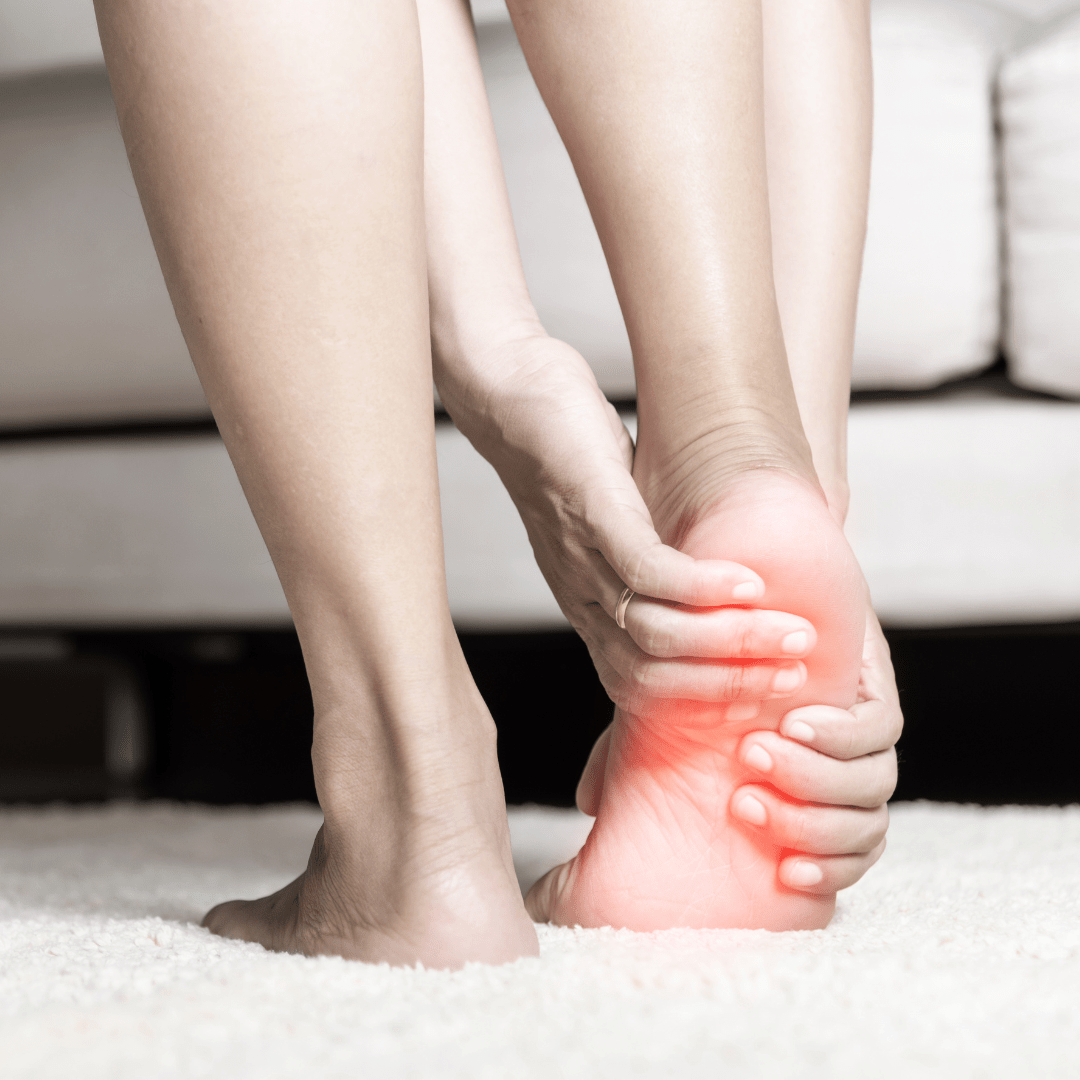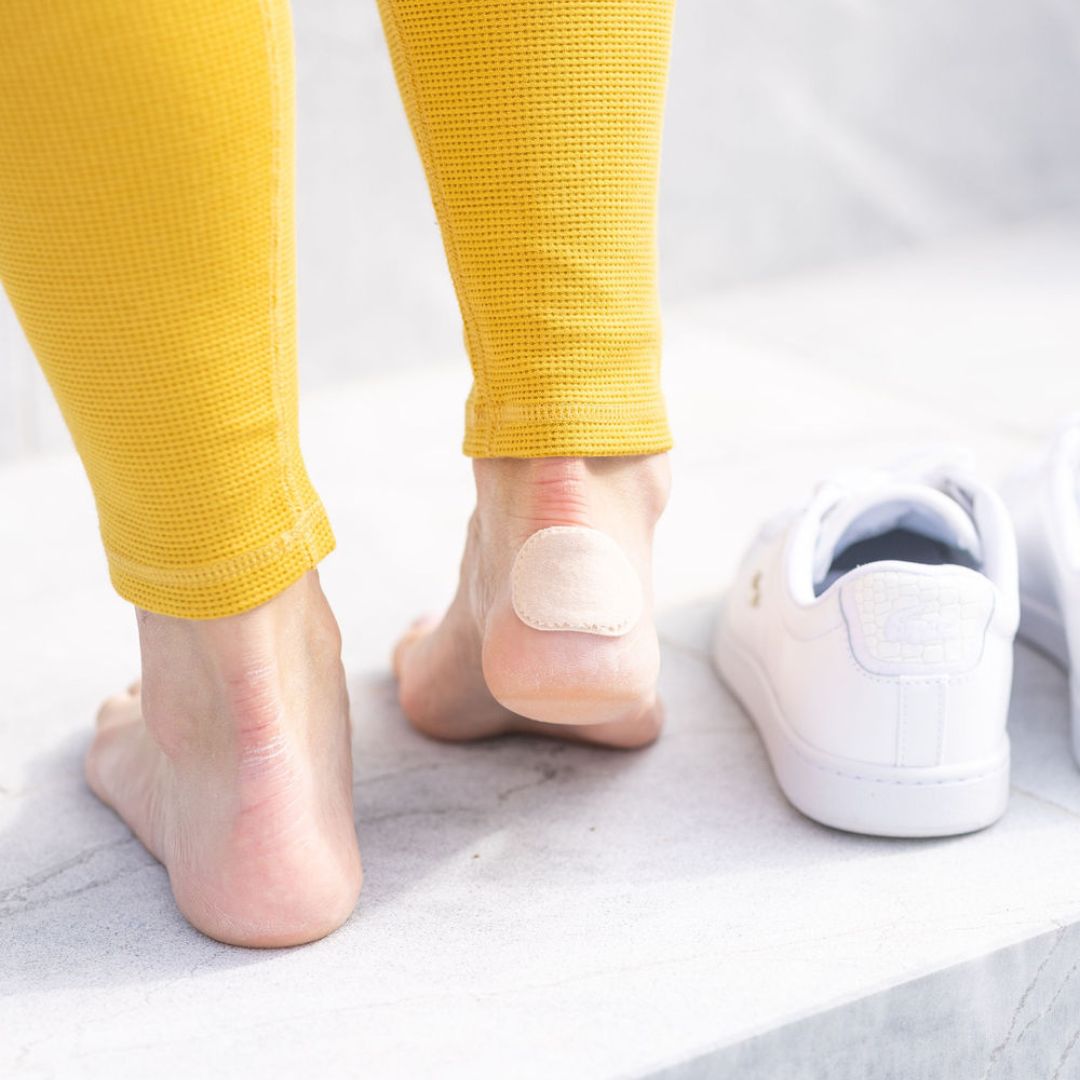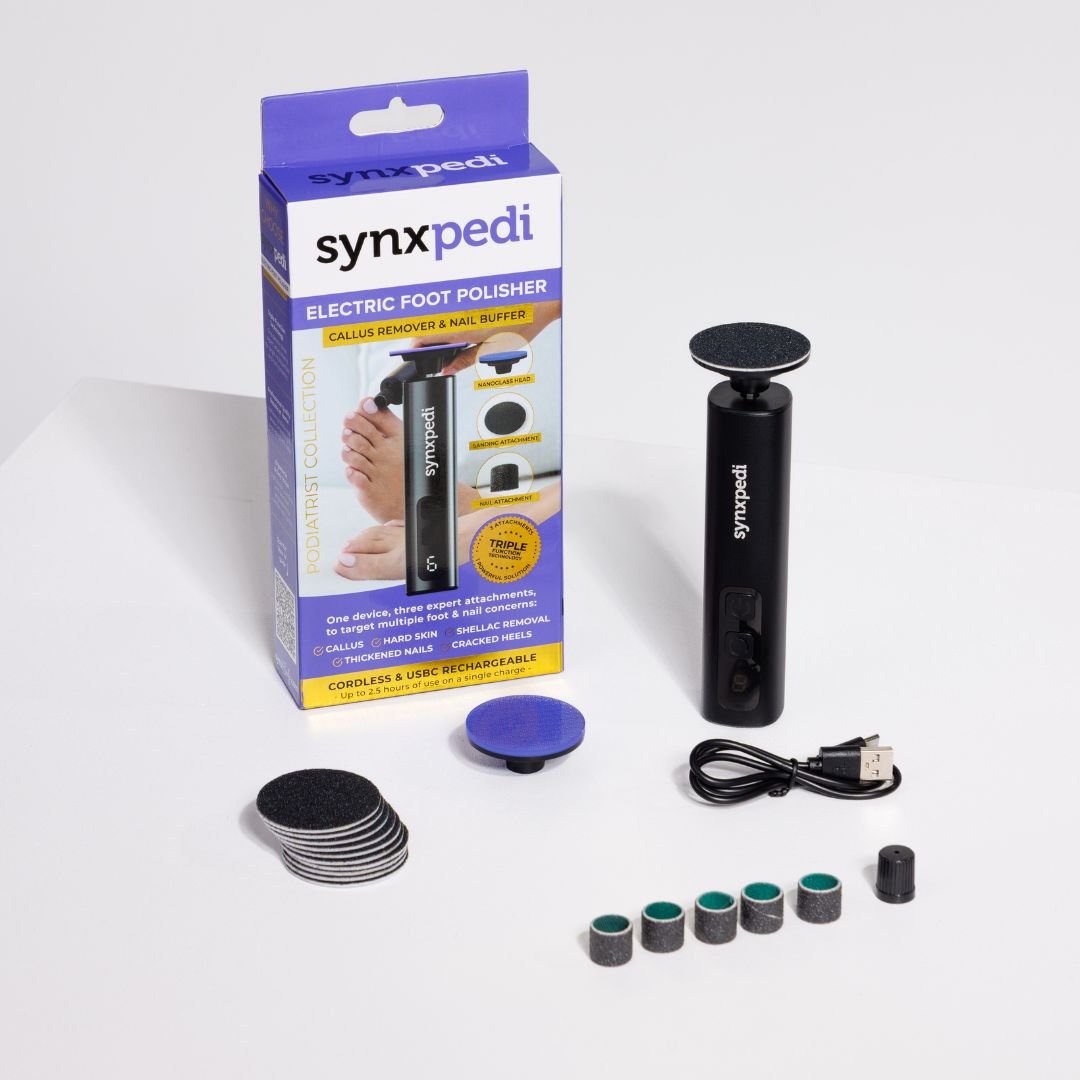To further highlight this, we would like to focus on a particularly well-liked sport: Netball.
Minimise Netball Injuries: 5 Common Conditions and Effective Prevention Techniques with SynxBody
If you're an avid netball player, you're likely familiar with various conditions and injuries that can arise during the game. However, worry not! We've got you covered with simple yet impactful strategies to mitigate these issues, allowing you to breeze through each netball season.
- Combatting Blisters: Prevention for Toes and Arches
During sports activities, friction-induced blisters are a common occurrence. While most are harmless and self-resolving, others may require professional attention from a doctor or podiatrist. Learn how to minimise and treat blisters effectively with our expert guidance.
- Tackling Heel Pain: Insights and Solutions
Heel pain in netball can stem from multiple factors, including overuse, muscular imbalances, flat feet (fallen arches), or plantar fasciitis. Discover the root causes and explore effective measures to alleviate and manage heel discomfort for optimal performance.
- Dealing with Calf Pain: Prevention and Rehabilitation
Calf strains often result from rapid eccentric load, such as sudden changes in direction or landing. Tight or shortened calf muscles can exacerbate the risk. Learn essential techniques for preventing and rehabilitating calf pain, ensuring a healthy and pain-free netball experience.
- Overcoming Ankle Sprains: Recovery Strategies
Ankle sprains rank among the most prevalent injuries in netball. Their severity can vary, with minor sprains requiring only a week of rest and rehabilitation, while more serious cases may demand 6-12 weeks for complete healing. Explore effective recovery approaches to get back on your feet swiftly and safely.
- Addressing Knee Pain: Protecting the Crucial Joints
Because of the sudden stopping, changing direction whilst running/moving quickly or landing awkwardly from a jump, it’s not hard to see why approximately 25% of the major injuries that occur during netball are knee injuries, such an Anterior Cruciate Ligament (ACL) injury.
Our simple 9 top tips to treat netball injuries
With the high-impact nature of netball involving sudden stops, direction changes, and awkward landings, knee injuries, including Anterior Cruciate Ligament (ACL) injuries, account for approximately 25% of major netball injuries.
So, let’s look at how you can minimise injuries in the first place, swiftly treat an injury if it does occur, and help keep you on the court as often and safely as possible with our top 9 tips.
Tip #1: Optimal Footwear Selection for Enhanced Performance
Selecting the right footwear is paramount for maximising your performance in any activity or sport. It is essential to choose shoes that offer optimal support and superior grip. Asics Netburners, a leading brand recognised for their exceptional netball shoes, come highly recommended for their quality and performance-enhancing features.
Tip #2: Effective Taping Methods for Injury Prevention
Netball players often utilise knee and ankle braces as a preventive measure. Incorporating kinesiology tape for feet, ankles, and knees can provide additional support and enhance proprioception during the game, reducing the likelihood of twisted ankles, sprained knees, or extended recovery periods due to injuries. When higher levels of support are necessary, rigid taping can be a valuable option for securing and stabilising ankles and knees.
Tip #3: Ankle and Knee Compression for Injury Management
In the case of acute injuries, immediate compression is highly beneficial. Applying compression along with ice to the affected area helps minimise bleeding and swelling. Throughout the recovery phase, it is advisable to continue using compression through bandages and tape.
For optimal results, we suggest incorporating a compression sleeve specifically designed for the ankle or knee. These sleeves can be worn during training sessions and games to reduce swelling and promote tissue repair effectively.
While heat treatments can be implemented after 48 hours post-injury, ice is often considered the preferred option for addressing sports injuries.
Tip #4: Calf, Foot, and Ankle Massage for Enhanced Performance
Incorporating massage techniques and gentle stretching into your routine can effectively alleviate trigger points and promote muscle lengthening. These practices are beneficial both before games, as well as after a match to ensure optimal muscle flexibility and performance. By prioritising calf, foot, and ankle massage, you can enhance your overall netball experience.
Tip #5: Boost Performance with Arch-Supporting Insoles
Insoles from SynxBody play a vital role in providing valuable support to the arch of your foot, effectively reducing pressure in the arch and heel regions. Opting for high-quality insoles offers unparalleled cushioning, shock absorption, and foot support. By incorporating insoles into your netball shoes, you can enjoy enhanced stability and support during every match, leading to improved performance on the court.
Tip #6: Preventing Blisters with Blister Socks or Sleeves
Synxgeli Toe Sleeves offer an excellent solution for addressing, minimising, and preventing corns, blisters, and toe deformities, particularly on the big and little toes. These sleeves provide optimal protection and comfort during netball activities.
Another recommended option is Injinji socks, which are specially designed to slip over individual toes, effectively reducing the occurrence of toe blisters commonly associated with netball. Incorporating these blister socks or sleeves into your gear can significantly enhance your playing experience.
Tip #7: Effective Pain Relief with Dry Needling and Laser Treatments
Dry needling is a safe and targeted approach that locates specific pain points, facilitating the restoration of a muscle's natural ability to lengthen and contract. By utilising tiny acupuncture needles, dry needling effectively reduces pain and enhances overall muscle function.
For optimal pain relief and tissue repair, laser treatments are highly recommended. This safe and comfortable treatment option utilises tailored wavelengths to address your specific injury type and severity. Discover the benefits of laser therapy, which can provide effective pain management and support tissue healing.
Tip #8: Enhance Performance with Core Strengthening Exercises
Boost your stability and balance on the court by focusing on core strengthening exercises. Strengthening your core plays a crucial role in improving overall performance for sports players. Incorporate exercises such as plank variations a few times a week, or utilise a Swiss ball or wobble board to enhance core stability.
For comprehensive strengthening, consider engaging in pilates, yoga or following an exercise regimen recommended by your podiatrist or physiotherapist. These activities not only strengthen your core but also target intrinsic muscles, ensuring a well-rounded approach to fitness and improved athletic performance.
Tip #9: Prioritise Proper Warm-Up for Injury Prevention
A crucial aspect of injury management in sports is a thorough warm-up routine. Don't underestimate its significance!
Include light jogging, stretching, and netball-specific exercises like sprints, shuttle runs, and quick changes of direction in your warm-up regimen. By dedicating time to prepare your body adequately before each netball session, you can effectively minimise the risk of injuries and maximise your performance on the court. Prioritise a comprehensive warm-up routine for a safe and successful netball experience.
Gear up for the Winter Sports Season with Orthotics & Insoles
Are you prepared for the upcoming winter sports season? Elevate your performance and embrace a pain-free netball experience with our wide range of orthotics and insoles. Designed to provide optimal protection and support for your body during all activities, our insoles and toe sleeves ensure you stay match-ready. Don't let discomfort hold you back - equip yourself with the right gear for a successful season.
RELATED PRODUCTS

















